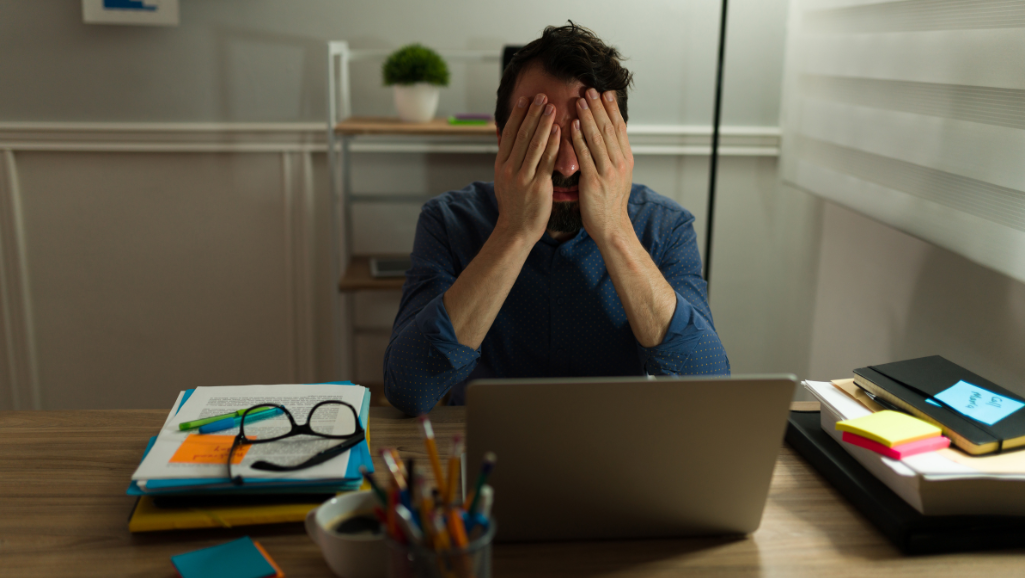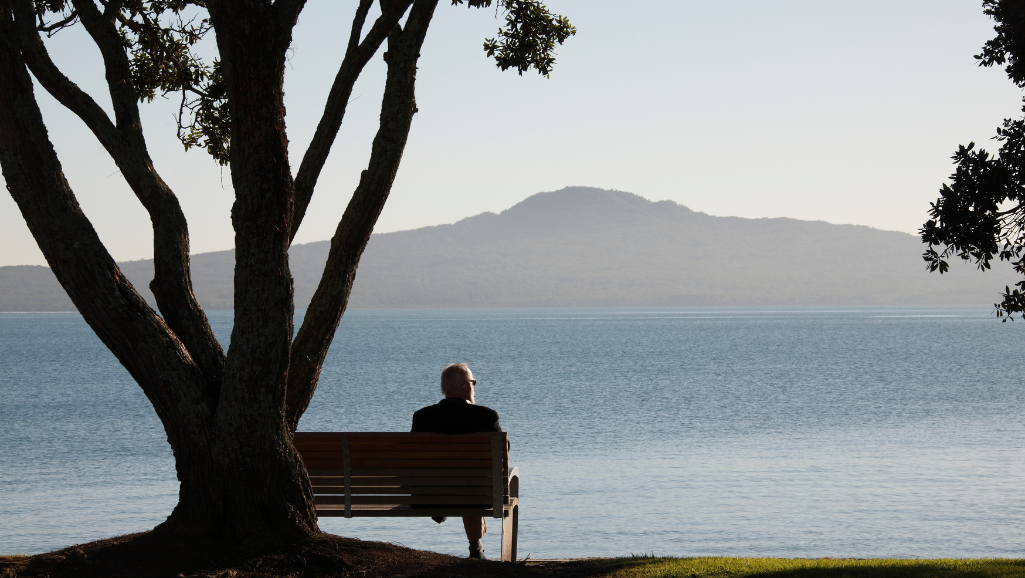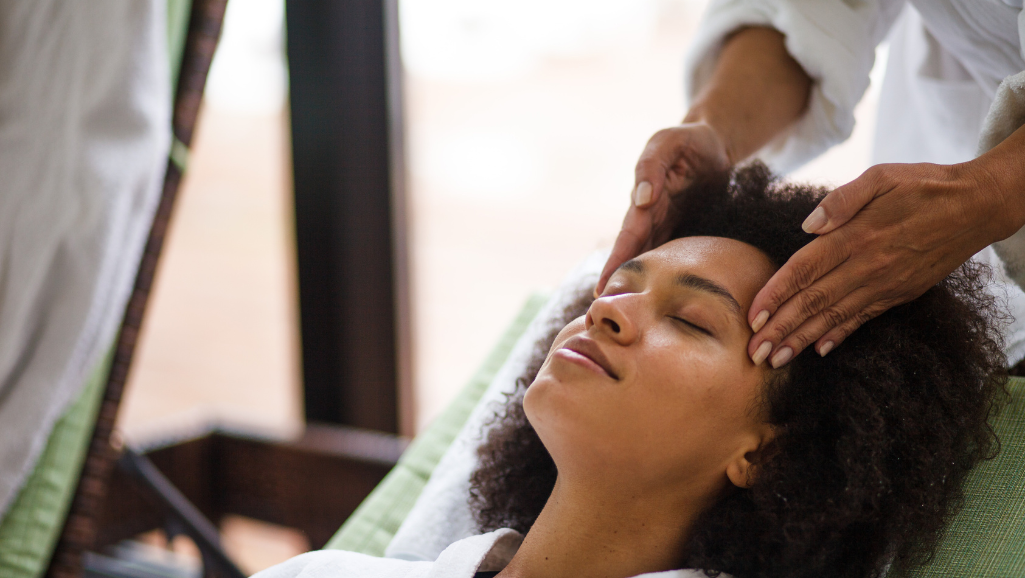Did you know 74% of Americans struggle with stress that disrupts their daily lives? Modern pressures can feel relentless, but there’s hope. Your body’s natural stress response is meant to protect you—yet when it’s constantly activated, it can harm your mental health.
This guide offers proven methods to help you regain balance. Backed by research from the American Psychological Association, these techniques are tailored for real-life challenges. Whether it’s exercise, mindfulness, or better sleep, small changes create big results.
You don’t need quick fixes. Instead, discover personalized strategies that fit your lifestyle. Start today and take the first step toward a calmer, more centered life.
Key Takeaways
Anxious or Stressed.
- 74% of Americans face stress affecting daily routines.
- Science-backed methods offer real relief.
- Exercise and mindfulness boost mental health.
- Personalized approaches work best for lasting change.
- Small steps today lead to big improvements.
Understanding Stress and Anxiety: Key Differences
Stress and anxiety may feel similar, but they affect the body in distinct ways. One is a fleeting reaction to danger; the other lingers like a shadow. Recognizing these differences helps you choose the right coping strategies.
What Is Stress? The Body’s Immediate Alarm System
Stress is your body’s short-term response to a clear threat—like a work deadline or near-miss accident. It triggers the fight-or-flight reaction, flooding your system with cortisol and adrenaline. This primal mechanism sharpens focus and energy.
Acute stress fades once the threat passes. Chronic stress, however, wears you down. Nearly 33% of US adults face it daily, according to APA data. Muscle tension, headaches, and digestive issues are common signs.
What Is Anxiety? The Lingering Sense of Dread
Anxiety is a persistent fear without a clear trigger. Unlike stress, it’s like a hypersensitive smoke detector—blaring alarms even when there’s no fire. The stress vs. anxiety cycle often overlaps, but anxiety lingers long after threats vanish.
Evolution designed stress to protect you. Anxiety, though, can become maladaptive. When it disrupts daily life, it may signal a clinical disorder needing professional support.
Are You Anxious or Stressed? Recognizing the Signs
Your body sends signals when stress or anxiety take hold—learning to read them is the first step to relief. According to the ADAA, 85% of people experience physical symptoms, while emotional cues often linger longer. Here’s how to spot them.
Physical Symptoms: From Rapid Heartbeat to Digestive Issues
A pounding heart, sweaty palms, or stomach cramps—your body reacts fast. Acute stress triggers flushing, while anxiety may cause pale skin or nausea. Key differences:
- Stress-induced insomnia: Trouble falling asleep due to racing thoughts.
- Anxiety gut issues: Johns Hopkins links it to a 50% higher IBS risk—blame the vagus nerve’s gut-brain connection.
Emotional and Mental Clues: Irritability, Overwhelm, and Fear
Emotional symptoms outlast physical ones. At work, you might snap at colleagues (irritability). At home, endless “what-ifs” (fear) take over. Watch for:
- Cognitive distortions: Catastrophizing minor issues.
- Gender differences: Women often report fatigue; men may mask feelings.
Try a symptom diary to track patterns. Avoidance prolongs the cycle—facing triggers builds resilience.
How Stress and Anxiety Affect Your Daily Life
Chronic stress and anxiety silently reshape every aspect of daily existence. From work deadlines to family relationships, their ripple effects are undeniable. The WHO reports a 46% drop in productivity among those struggling with prolonged stress.
Your health pays the price first. Muscle tension, headaches, and sleep problems are just the start. Left unchecked, stress weakens immunity and raises risks for heart disease. The Mayo Clinic links it to diabetes and obesity—long-term consequences that erode quality of life.
At work, cognitive performance declines. Memory lapses and decision fatigue cloud judgment. Anxiety disorders cost the U.S. economy $42 billion yearly—and that’s just in lost productivity.
Personal connections suffer too. 68% of adults say stress strains their relationships. Irritability and social withdrawal create distance. Over time, isolation grows—feeding a cycle that’s hard to break.
Financial stability isn’t immune. Untreated conditions drain savings through medical bills or job loss. Burnout creeps in silently, turning motivation into mere survival.
Yet there’s hope. Recognizing the signs—like chronic fatigue or emotional numbness—is step one. Small changes rebuild resilience, protecting your health, work, and joy.
Proven Techniques to Calm Your Mind and Body
Simple, science-backed techniques can transform how you handle daily pressures. Whether through breathwork, movement, or connection, these methods are rooted in research and designed for real-life coping.
Breathing Exercises for Instant Relief
Your breath is a built-in reset button. The 4-7-8 method (inhale for 4, hold for 7, exhale for 8) reduces tension in 60 seconds, per Harvard studies. Try this:
- Physiological sigh: Inhale deeply, then take a second short inhale before a long exhale. Repeats 3x.
- Diaphragmatic breathing: Place a hand on your belly; feel it rise with each inhale.
For advanced coping, biofeedback training pairs breathing with heart-rate monitors to master stress responses.
Movement as Medicine: Yoga, Tai Chi, and Walking
NIH trials show yoga cuts cortisol by 20%. But any rhythmic activities work:
- Yoga: Slow flows with focused breath.
- Tai Chi: Gentle motions improve balance and calm.
- Walking: 10 minutes outdoors lowers mental fatigue.
Forest bathing—immersing in nature—boosts mood by 15%, making it a perfect weekend activity.
The Power of Talking It Out
APA research proves talk therapy rivals medication for anxiety relief. Social bonds release oxytocin, a natural stress blocker. Options include:
- Group therapy: Shared experiences reduce isolation.
- Journaling: Writing thoughts down organizes emotions.
- Laughter yoga: Forces giggles trigger real relaxation.
Apps like Headspace offer guided sessions if in-person therapy isn’t accessible.
Lifestyle Changes to Reduce Stress and Anxiety Long-Term
Small, consistent habits create lasting calm in chaotic times. Unlike quick fixes, sustainable changes rewire your mind and body for resilience. Start with these science-backed pillars:
Prioritizing Sleep and Nutrition
Sleep deprivation spikes anxiety risk fivefold, per the Sleep Foundation. Optimize your circadian rhythm with:
- Consistent bedtimes: Even on weekends, align with natural light cycles.
- Anti-anxiety foods: Omega-3s (found in salmon) cut symptoms by 20%, says JAMA Psychiatry.
Hydration matters too. A glass of water before meals boosts mood and focus.
Setting Boundaries to Protect Your Energy
APA research shows boundary-setting slashes stress by 38%. Try these strategies:
- Digital detox: Designate screen-free hours to quiet mental clutter.
- Time blocks: Use a matrix to prioritize tasks at work and home.
“Protecting your energy isn’t selfish—it’s survival.”
For deeper support, explore coping with anxiety through structured programs.
When Stress Becomes Chronic: Warning Signs
Chronic stress isn’t just exhausting—it rewires your brain and body over time. Stanford MRI studies reveal it shrinks the prefrontal cortex, the area governing decision-making and focus. Left unchecked, this damage compounds, accelerating aging by up to 10 years through telomere shortening.
Lasting six months or more, chronic stress crosses into clinical concern. Watch for these signs:
- Physical symptoms: Persistent headaches, muscle tension, or digestive issues. High blood pressure and frequent illnesses signal a weakened immune system.
- Cognitive decline: Memory lapses, trouble concentrating, or emotional blunting—your brain’s cry for help.
- Autoimmune flares: Research links prolonged stress to arthritis, psoriasis, and IBS outbreaks.
Your health pays a steep price. Cardiovascular risks spike, with studies tying chronic stress to a 40% higher heart attack rate. Workplace performance drops too, as burnout erodes productivity and morale.
“Stress biomarkers like elevated cortisol are measurable—your body doesn’t lie.”
Early intervention works. Screening tools, like the Perceived Stress Scale, help identify risks before they escalate. Multidisciplinary care—therapy, nutrition, and mindfulness—can reverse damage. Your body adapts; give it the tools to heal.
Professional Help: Therapy and Treatment Options
Modern therapy provides proven pathways to reclaim your peace. When lifestyle changes aren’t enough, clinical treatment offers tailored strategies. Research shows combined approaches boost success rates to 85%.
Cognitive Behavioral Therapy and Exposure Therapy
CBT tackles anxiety disorder roots by reshaping thought patterns. The NIMH confirms its 75% efficacy rate. Key components include:
- Cognitive restructuring: Identifying and challenging irrational fears.
- Behavioral activation: Replacing avoidance with confidence-building actions.
Exposure therapy, a CBT subset, gradually introduces triggers in safe settings. Virtual reality now enhances this method for phobias and PTSD.
Medication: When Is It the Right Choice?
SSRIs like sertraline take 4-6 weeks to reach full effect, per FDA guidelines. They’re ideal for:
- Moderate-to-severe anxiety disorder cases.
- Those needing chemical balance restoration before starting CBT.
“Medication isn’t a crutch—it’s scaffolding while you rebuild.”
Emerging treatment options like TMS show promise for resistant cases. Always consult a psychiatrist to weigh benefits against side effects.
Teletherapy expands access, with studies showing equal effectiveness to in-person sessions. Culturally competent care ensures support aligns with your values. Start with Psychology Today’s therapist directory to find specialized help.
Conclusion: Your Journey to a Calmer Life Starts Now
Your path to peace begins with a single step—today. Studies show a 92% improvement rate with consistent practice, often within 6-8 weeks. Small actions create lasting change.
Build a personalized plan. Track progress with tools or apps. Lean on community support—shared experiences amplify success. Inspiring stories prove calm is possible.
Professional help accelerates growth. Therapists and groups offer tailored strategies. Self-compassion fuels resilience. Mastery becomes your legacy.
Ready to start? Breathe deeply. Choose one technique. Your journey to a balanced life begins now.











